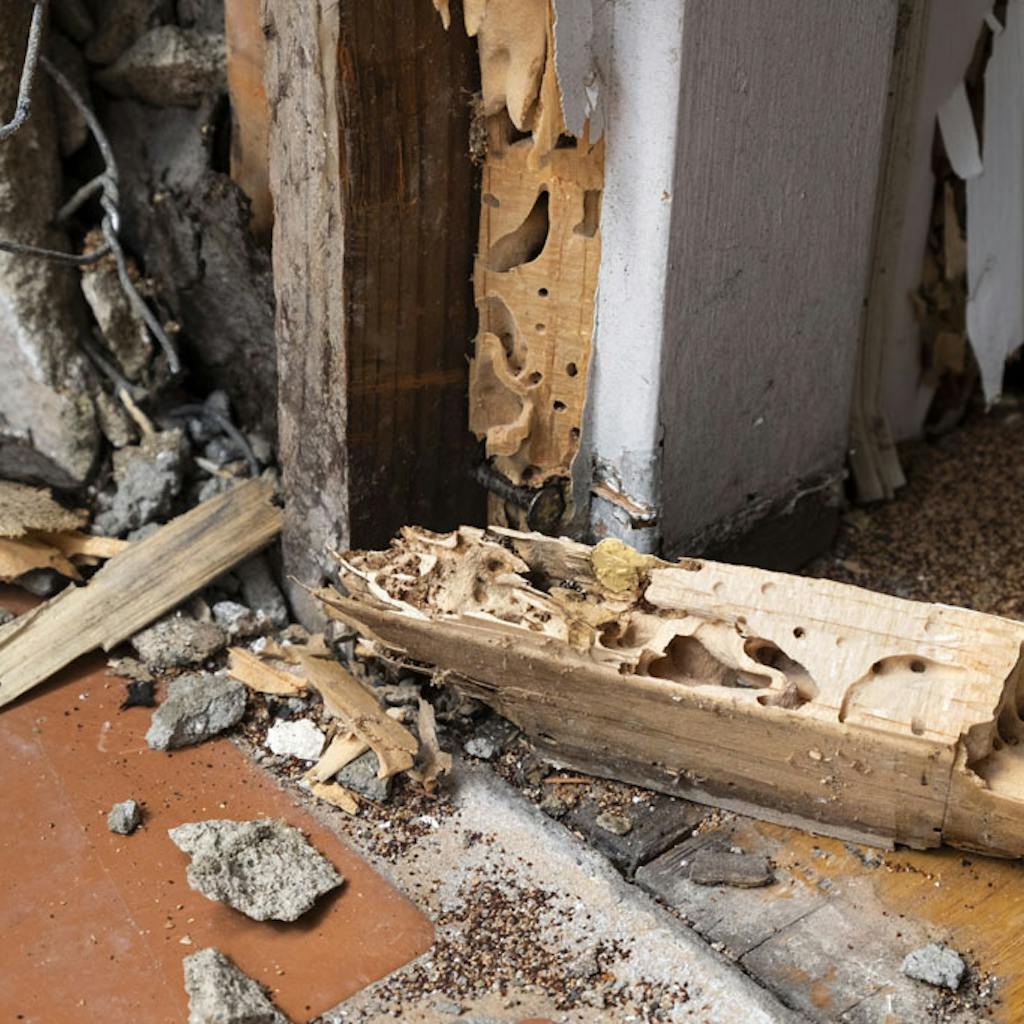Renovations After Termites
Jul 16, 2021
3 min read
As much as possible, we want to secure our house from any pests infestations. If termite is one of your concerns, here's our part in helping you eliminate them.

So I’m writing about termites because this happened to a client of ours. We were working on a renovation on their deck, and we found termites during our site inspection.
Each year termites cause billions of dollars in damage to homes across North America. Termites’ diet consists mainly of wood. Specifically, damage in your home can compromise the strength and safety of the structure. To prevent this, early detection of a termite infestation is key. So, how can you tell whether your home has fallen prey to termites?
Early signs of a termite infestation
Look for discarded wings.
Flying termites, which are called swarmers, are often mistaken for flying ants. While ants and termites are similar in size, there are some key characteristics that you can use to tell the difference between the two insects. For example, flying ants do not shed their wings, while termite swarmers do. If you notice wings on your windowsills, doors, and other access points to your home, you are likely dealing with an infestation.
Inspect the wood for damage
If you believe your home may have fallen prey to termites, you should examine the wood in your home. Different termites leave different patterns of damage:
- Subterranean termites consume softwood and eat along the grain to produce a distinctive honeycomb shape in wood.
- Drywood termites also eat along the wood grain to excavate large sections of wood. The damage appears significant but is less severe than that of the subterranean version. Drywood colonies can reach numbers in the thousands; however, it would take years for a colony to grow to that size.
- Formosan termites can number in the millions and can consume wood rapidly given their large number. They, too, eat along the grain are considered one of the most voracious kinds of insects.
- Dampwood termites require regular access to water and high humidity to survive. For that reason, they do not often live inside their homes. Instead, they often build their nests in trees, damp logs, and untreated fence posts.
Dampwood termites can live entirely in the wood, they are eating and often plug openings with fecal matter, thus avoiding detection for years, but there will be droppings where there is damp wood variety. Although, these dropping might be hard to spot if you have an infestation in your yard as the pellets look like small particles of dust or sawdust.
Check for other signs of infestation.
Even if you cannot see the visible evidence of damage, there are different ways to determine if you have a termite infestation on your hands. These signs include wood that is weak and crumbles easily or wood that sounds hollow when tapped.
Get a professional termite inspection.
While you can check for signs of an infestation yourself, the most effective way to see if you have these pests is to get an inspection from a pest control company. An experienced professional will identify signs of an infestation that you would easily miss.
Removing Termites
Most of the time, these pests are killed using fumigation. During the termite fumigation process, a trained pest management professional will place a tent (tarps) over a home before releasing a fumigant throughout the structure. The fumigant will circulate throughout the home to reach cracks and crevices between and inside wood where termites can tunnel and thrive. Termites will breathe in the fumigant, which then will deplete their oxygen, affect their nervous system, and cause their death.
We Can Help
If you need help with your house renovation and termites are present as well, we’ve dealt with it before, and we can assist you as well. We're a trusted home builder for your Tampa Bay property needs. Feel free to contact us and let us know about your project if you need help.
This article was last updated on Dec 11, 2025
Share